Media | Articles
Vector supercar creator Jerry Wiegert, still looking for “a second chance,” dies at 76

Jerry Wiegert probably would have enjoyed the slow leak of information surrounding his death. It allows room for questions and assumptions, the type of wiggle room he deftly used to his advantage while creating his star-crossed Vector supercar.
Wiegert, 76, died on January 15, according to Autoweek. No concrete details are as yet available. It’s a perfectly mysterious end to an incredibly fascinating life.
In a story published we published in March 2019, Preston Lerner says it all:
“Weeks before I meet Jerry Wiegert, creator of the spectacular but star-crossed Vector W8 Twin-Turbo, we communicate via emails, snail mail, texts, phone messages, and prolonged phone conversations. So even before we get together, Wiegert has informed me that he invented the modern supercar (along with the personal watercraft, minivan, and four-wheel ATV), was put out of business by Indonesian gangsters who’d bribed members of his board of directors, packaged the deal that wrested Lamborghini away from Chrysler, and inspired the twin-turbo motor in the Ferrari F40 and the roadster version of the Lamborghini Diablo.
“So I’m not sure what to expect when I arrive at Wiegert’s sprawling house in San Pedro, California, which overlooks the calm waters of the Pacific. I park behind a black Chevy Tahoe with a vanity license plate reading VEXTOR and wonder: Am I going to find a misunderstood genius who’s gone unappreciated in his own land? Or does Wiegert have more in common with another polarizing visionary, Steve Jobs, who was said to have operated in a reality distortion field that allowed him to convince himself—and others—that just about anything was true?”
Marketplace
Buy and sell classics with confidence

There is no doubt that Wiegert’s life was a wild ride, one that was highlighted by the epic Vector saga. Born on July 12, 1944 in Dearborn, Michigan—not far from Ford headquarters—Wiegert was a designer who introduced the first Vector concept in 1972. It took nearly a decade for Wiegert to raise enough money to build a running prototype, and another 10 years before he amassed enough capital to put the car into production.
Wiegert made a point of not cutting corners. As Lerner told us, “the nearly $300,000 W8 ticked every box on the high-performance checklist: a semimonocoque chassis, a mid-engine architecture, scissors doors, and a top speed claimed to be north of 200 mph. It defied convention with its 625-horsepower, twin-turbo pushrod V-8 and three-speed automatic, both mounted transversely, as well as uniquely sinister-looking Kevlar-and-carbon-fiber bodywork that bore a not-coincidental resemblance to an F-117 stealth fighter on billet wheels.”

Wiegert said there was no room for compromise. “Everything was the best,” he told Lerner. “There was no cheating. Ferraris and Lamborghinis had cheap seats. Vectors had the best seats—all electronic, inflatable lumbar, power backs, heaters. Vectors had mil-spec wiring and tactical military aircraft switches. They had Bosch sound systems, which were beyond anything ever put in a car before. We didn’t have to crash-test three or four cars. One car passed every single crash test at the highest levels—rollover tests, side-impact tests, all of that. It was considered the safest car that had ever been tested. I had this attitude that the Vector was going to be superior to Ferrari, Lamborghini, and Porsche. And it was. Fact.”
Wiegert’s need to end that description with “fact” either amplifies the sincerity of his words or addresses the naysayers who claimed he wasn’t always truthful. Regardless, the Vector found a market among the rich and famous. The best-known buyer was tennis superstar Andre Agassi, who wrote a $400,000 check for a W8 even before it was certified. After Agassi took a test drive near his Las Vegas home, however, he returned the Vector and demanded a refund because the exhaust heat had melted the trunk carpet. Agassi’s brother Phillip told a reporter the car was “basically a death trap.”

Not everyone had that reaction. Build quality improved once cars started being delivered, and plenty of buyers loved the W8. Even so, by 1992, the base price had risen to $450,000, and the company was hemorrhaging money. As Vector crumbled, Wiegert offered outlandish excuses, lawsuits were filed (which Wiegert lost, at least initially), and what remained of the company moved to Florida, where a new car, the Vector M12, was designed and built. “In a cruel and crowning irony,” Lerner writes, “the car was powered by a longitudinal Lamborghini V-12, which was like allowing Aaron Burr to deliver the eulogy at Alexander Hamilton’s funeral.”

An estimated 18 Vector W8s supercars were built from 1989–93, and 14 customer-ready M12s were produced from 1995–99 before Wiegert pulled the plug on the entire operation. Although the cars rarely make their way to auction, RM Sotheby’s sold a W8 for $720,000 at its 2020 Scottsdale auction. An M12 at RM’s 2019 Monterey auction did not meet the reserve price, and the 1993 WX-3 prototype from the ’92 and ’93 Geneva shows sold with RM Sotheby’s in 2019 for $615,500.
When Lerner interviewed him two years ago, Wiegert was planning a hypercar that he called “the 3-3-3 concept”—3000 horsepower, 300 miles per hour, and a $3 million price. “Everybody deserves a second chance,” Wiegert said at the time. “I haven’t had mine yet.”



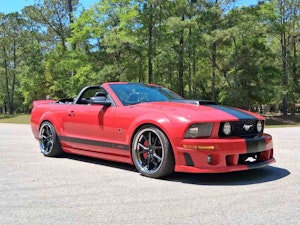




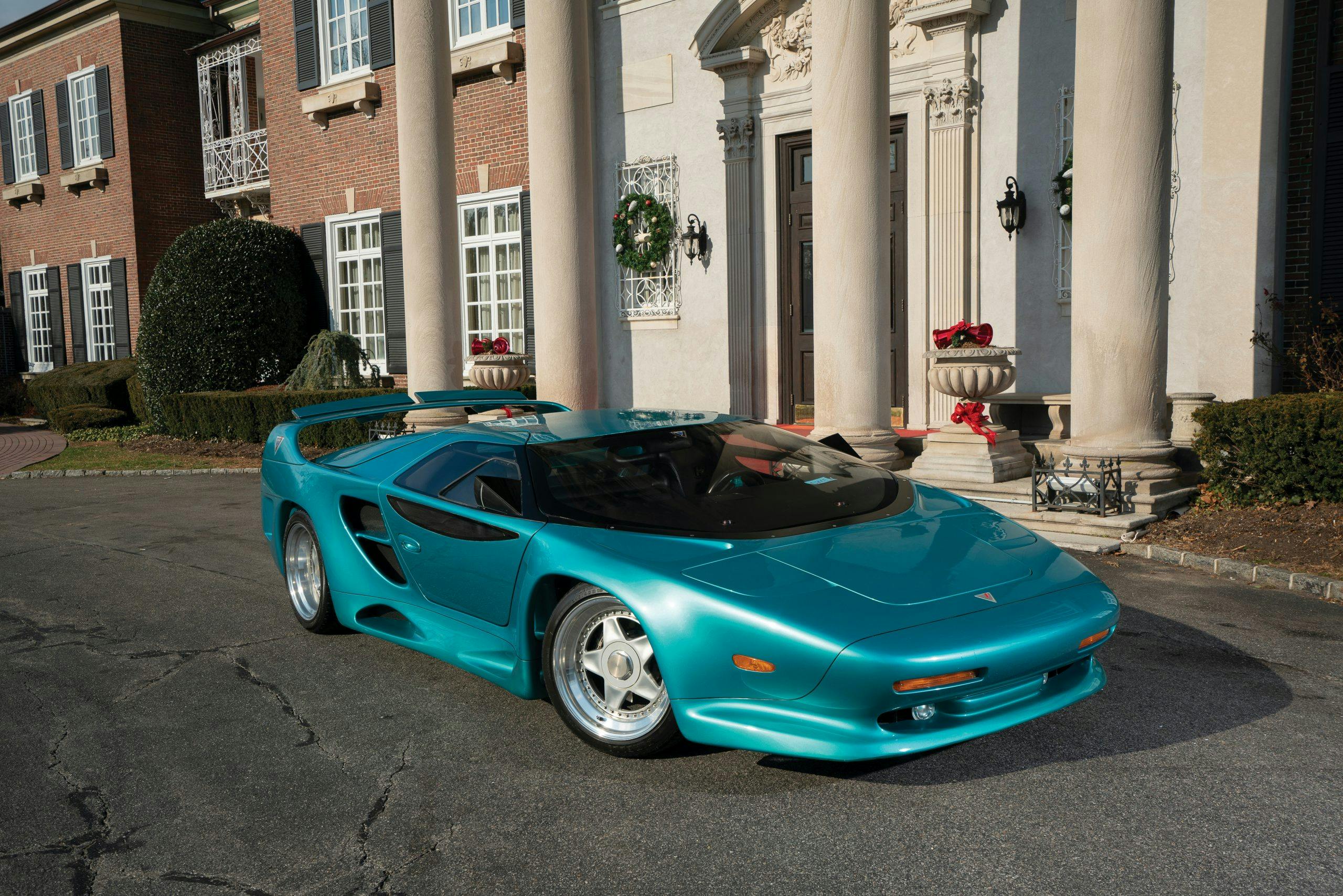
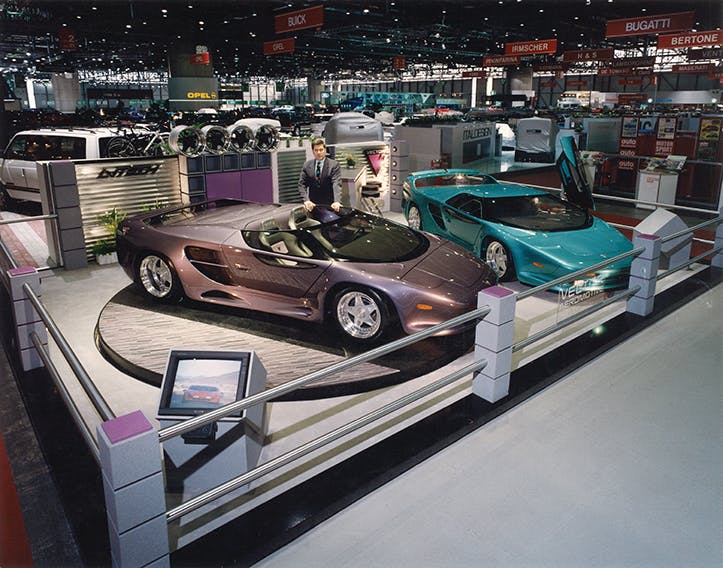
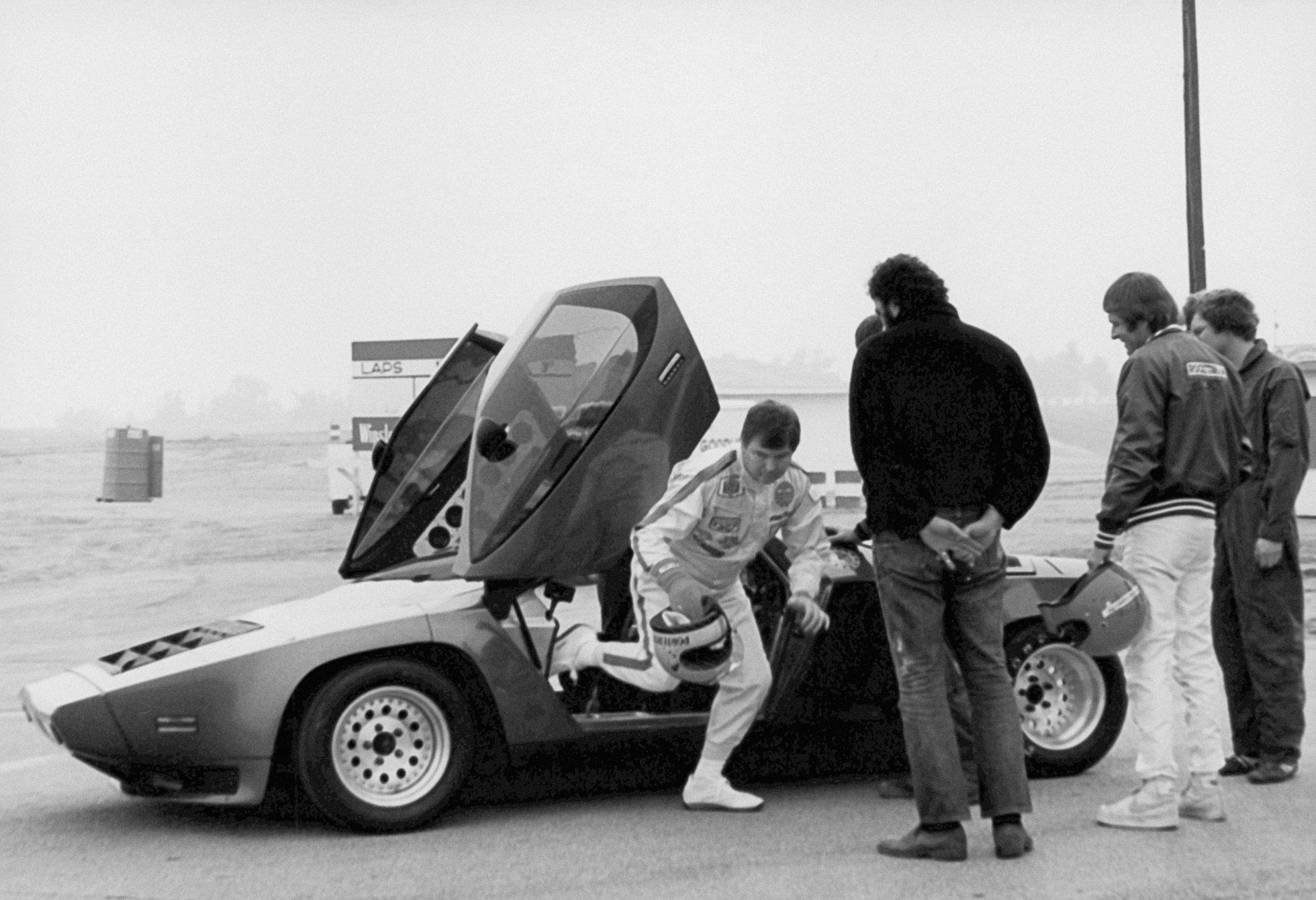


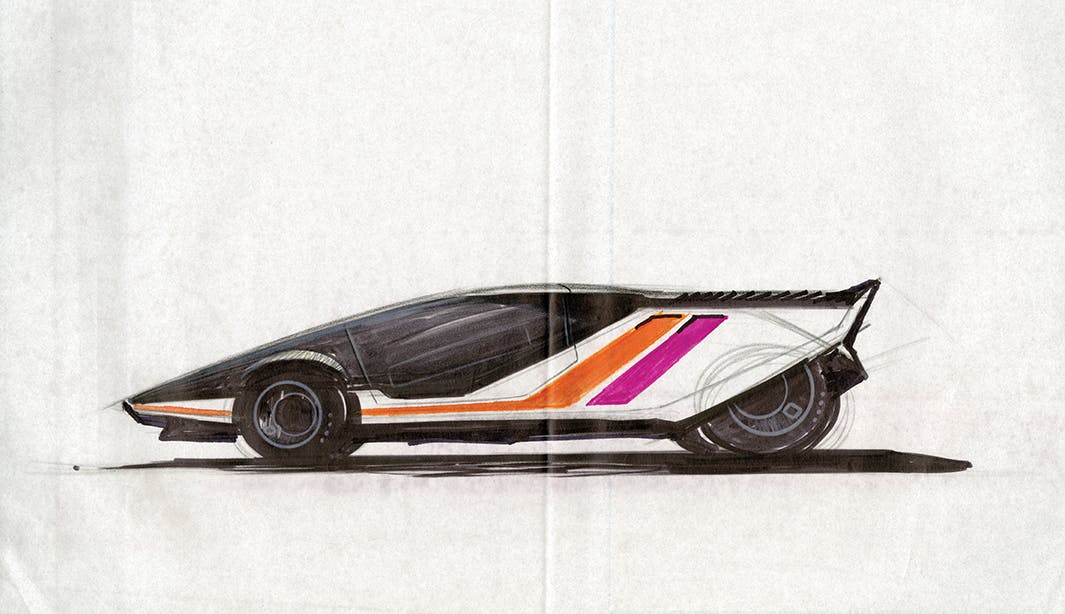
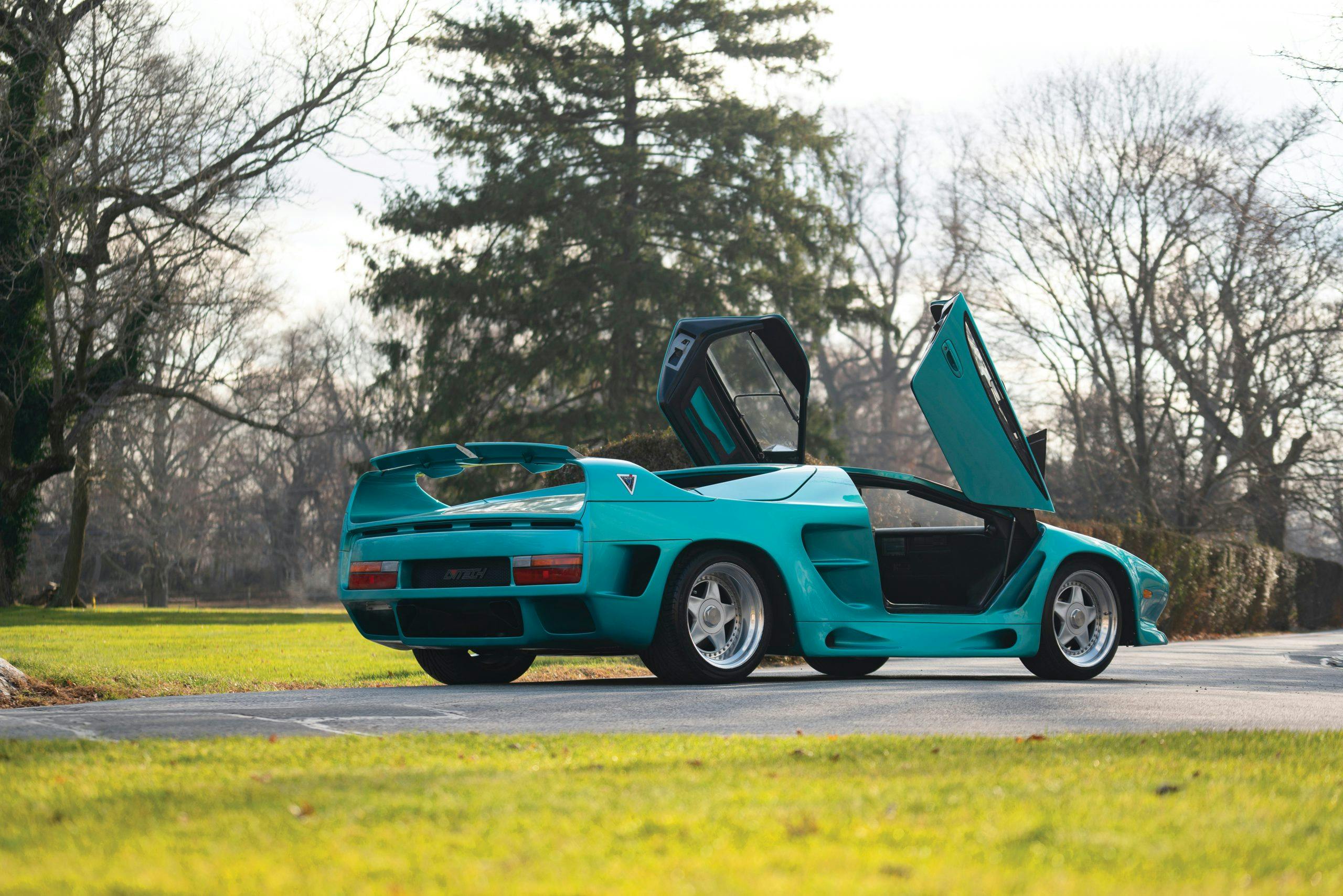

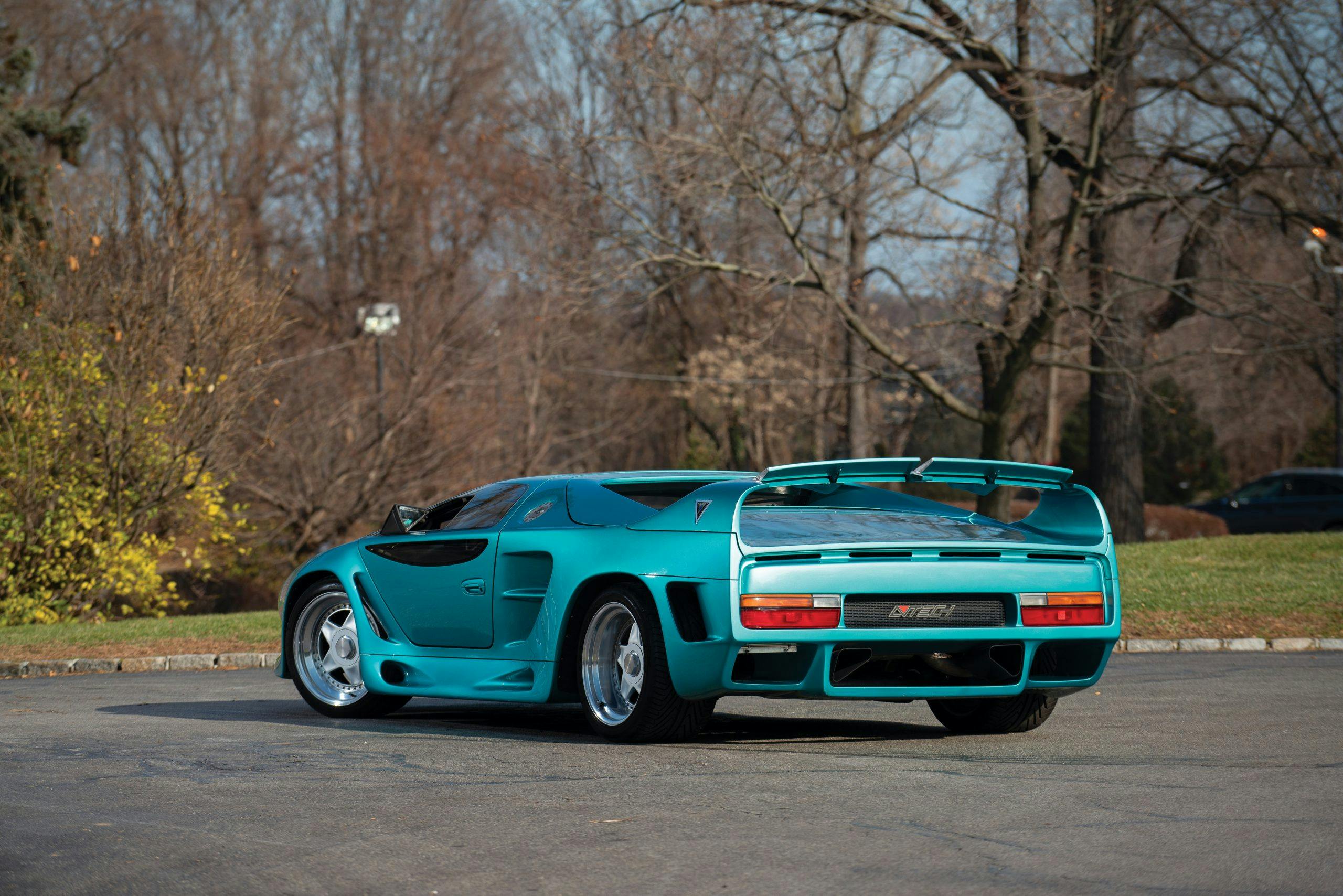
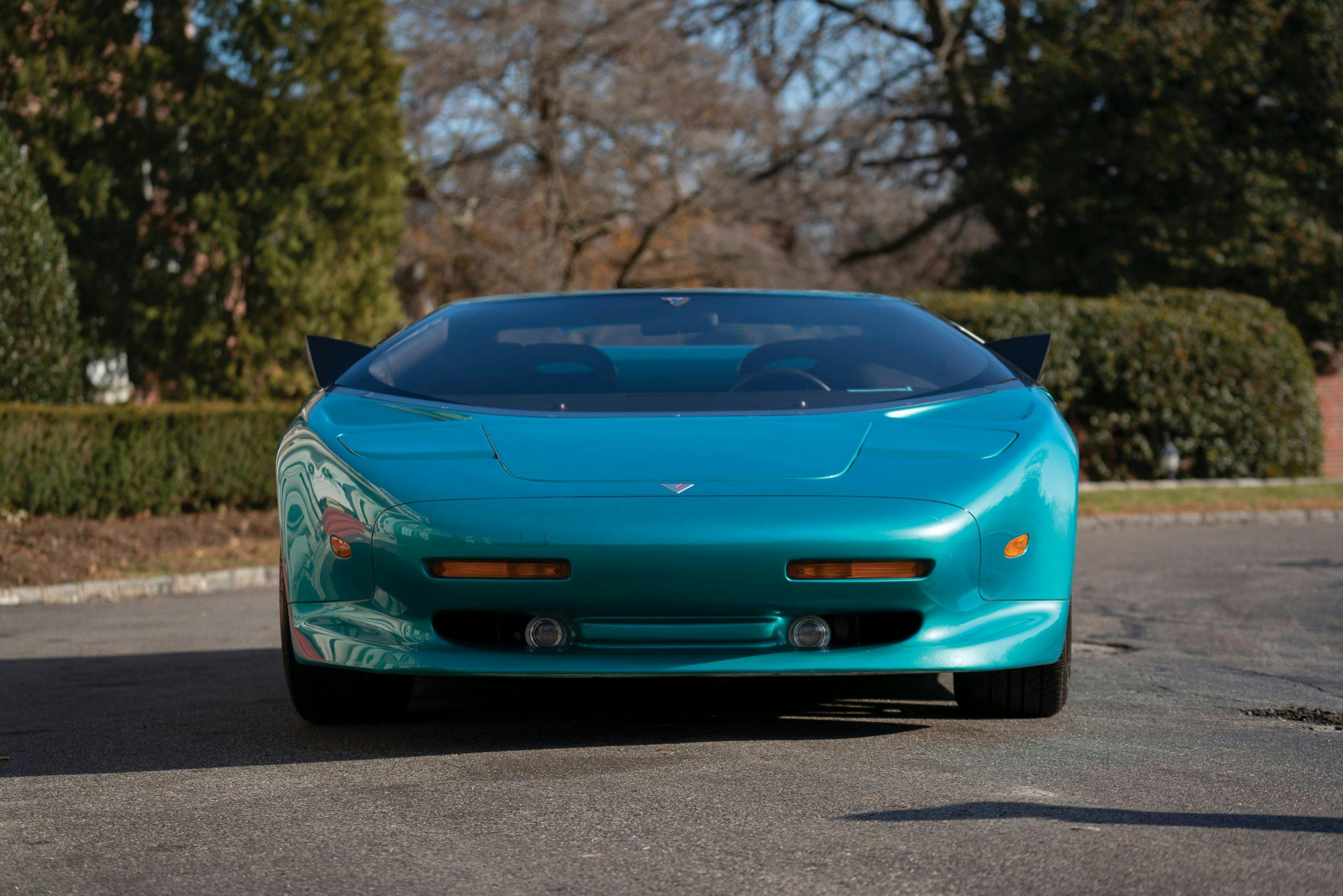
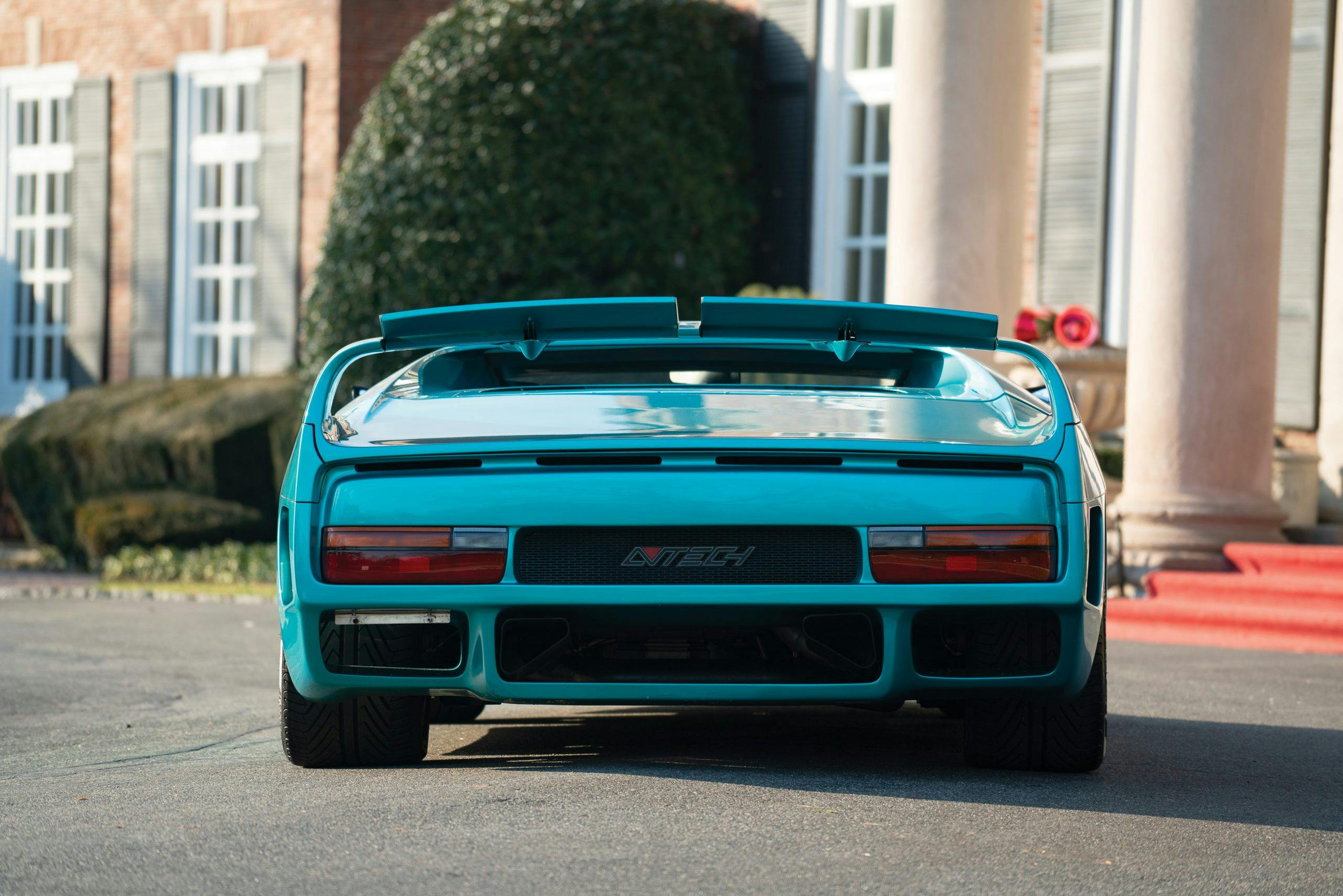
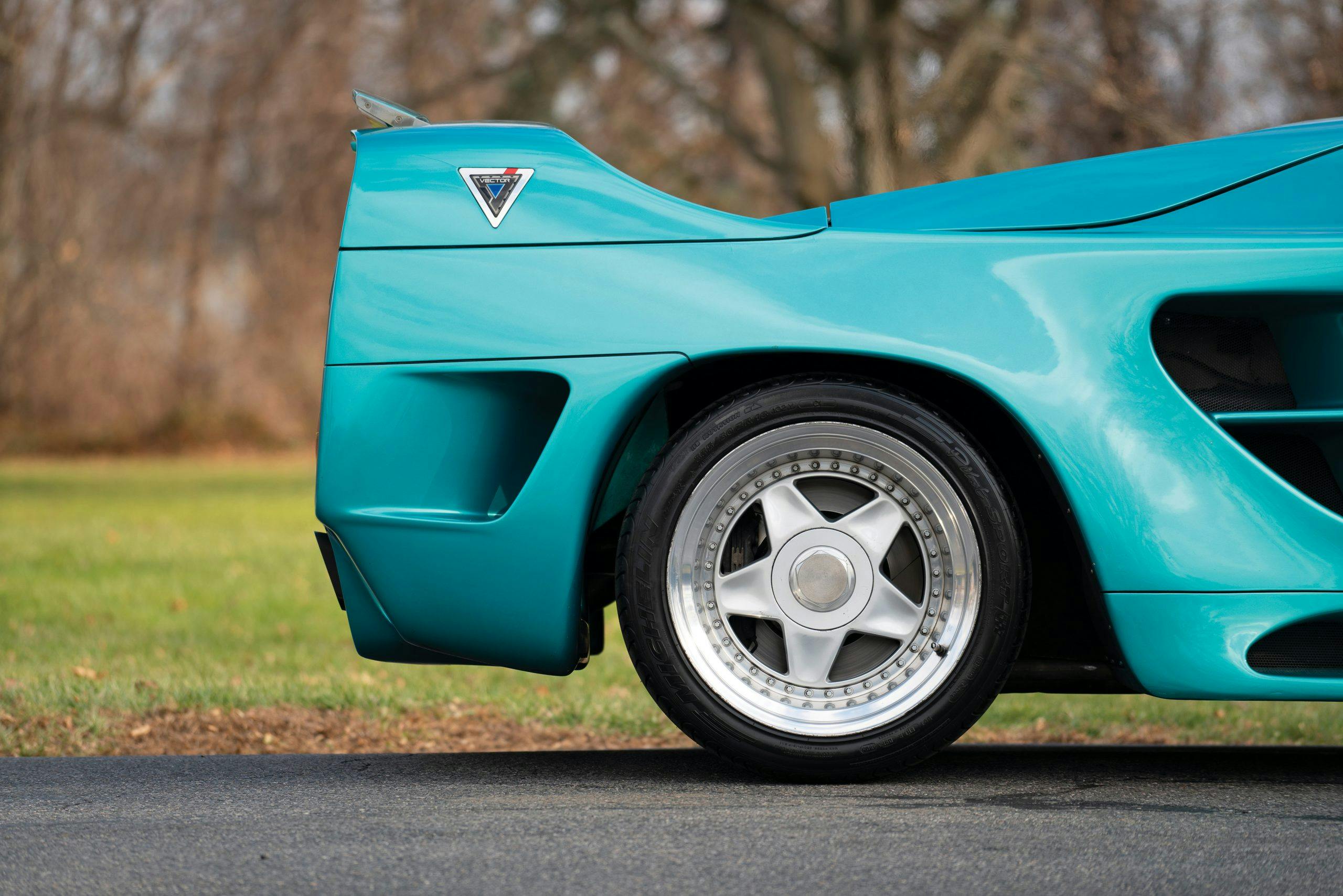
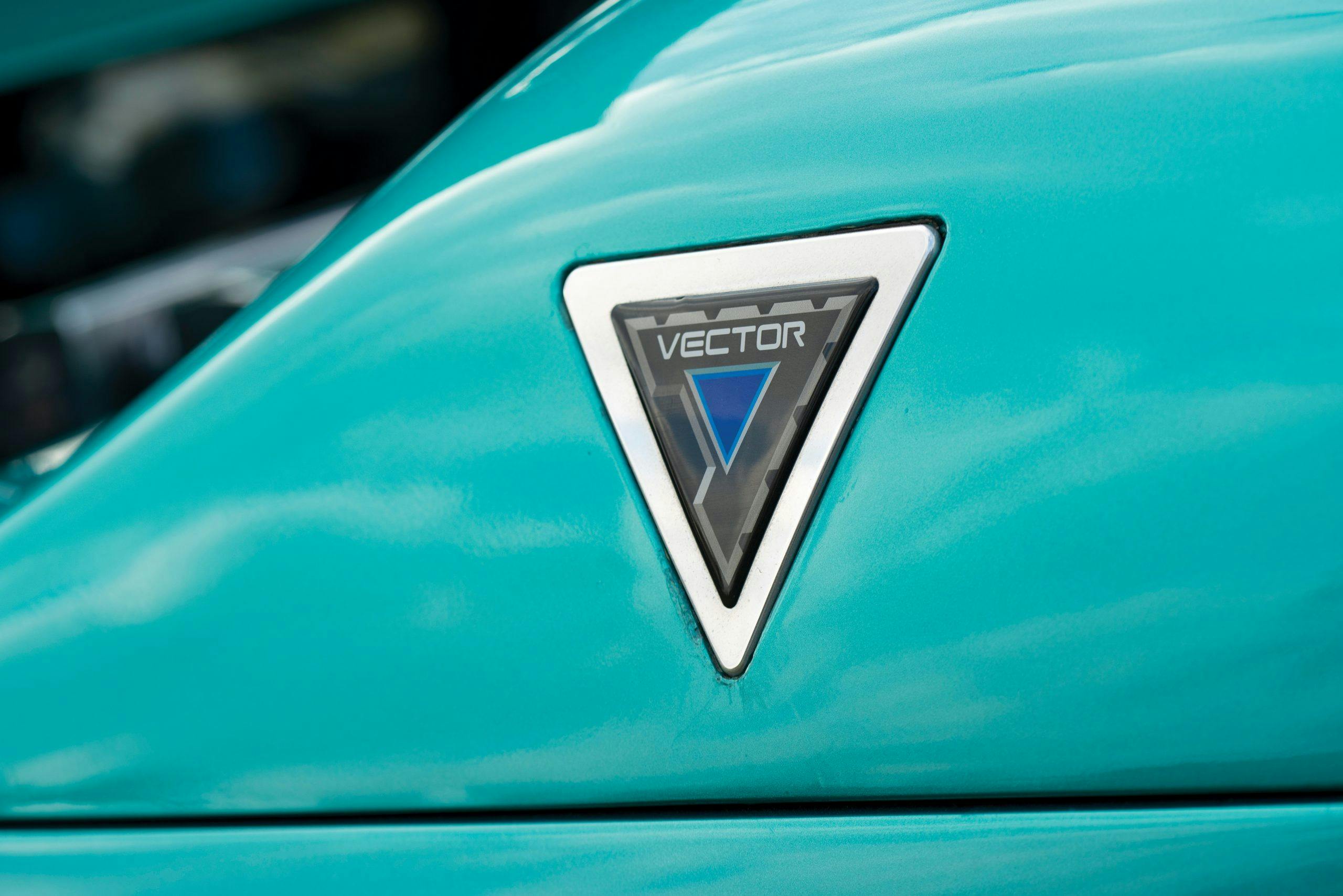
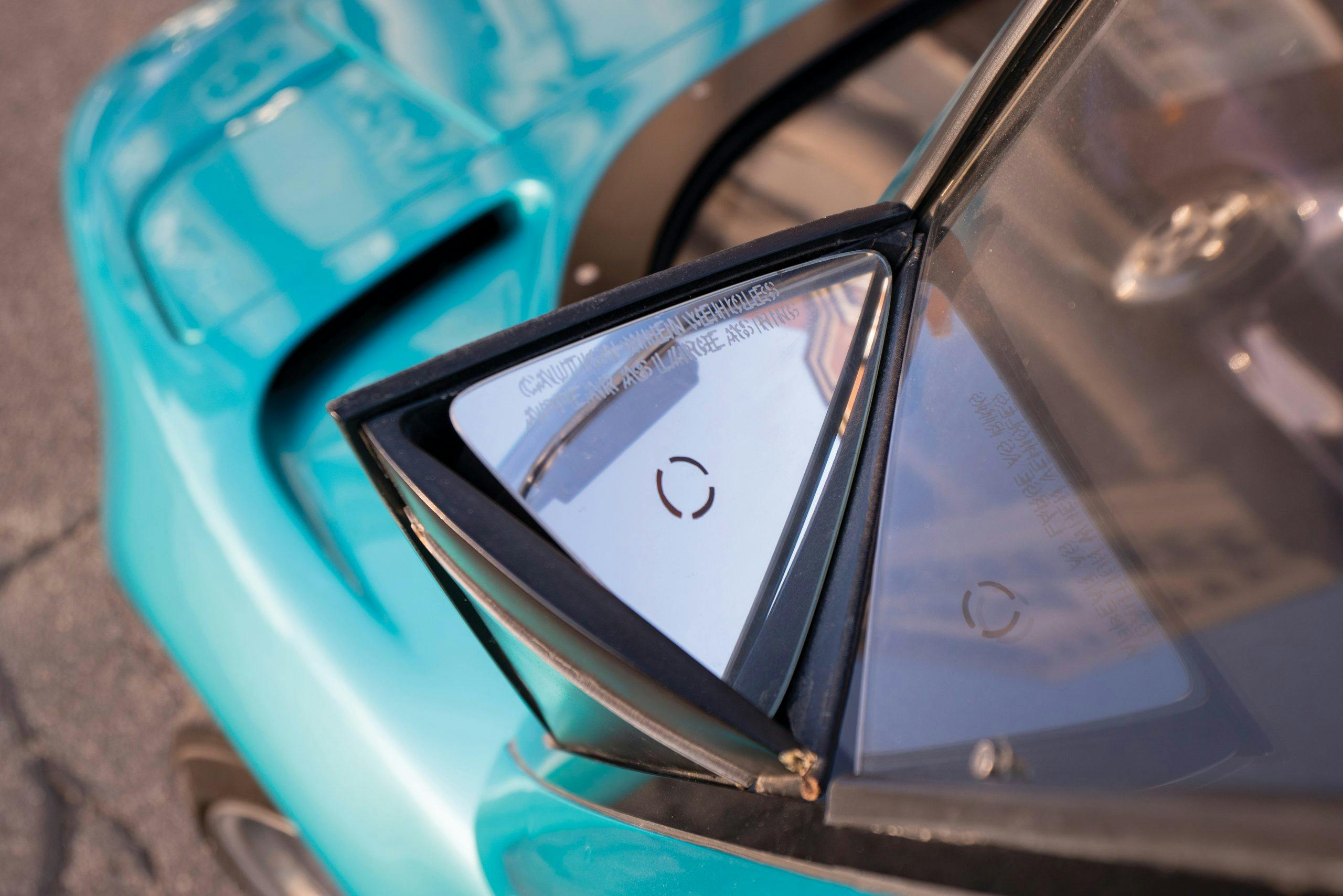
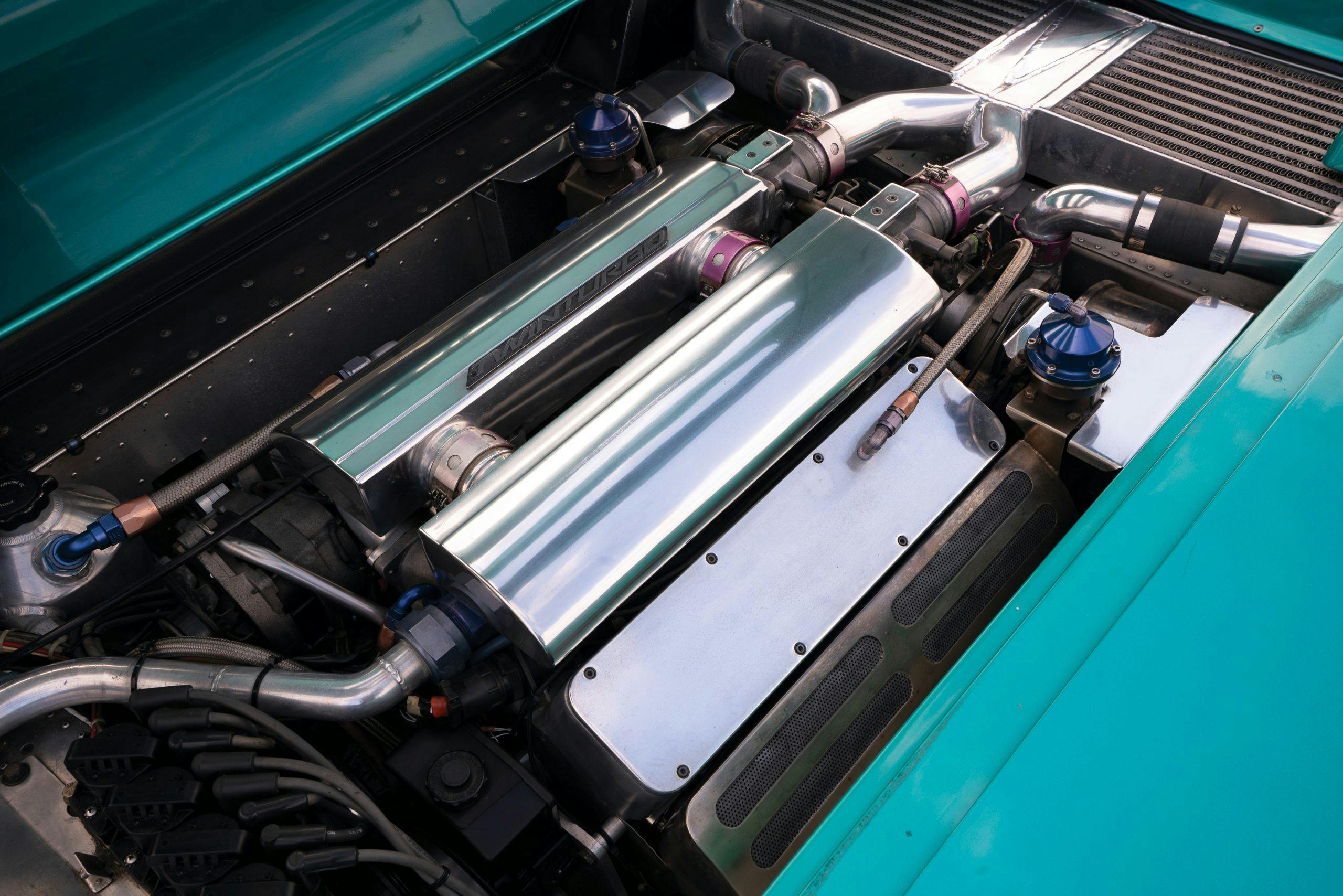
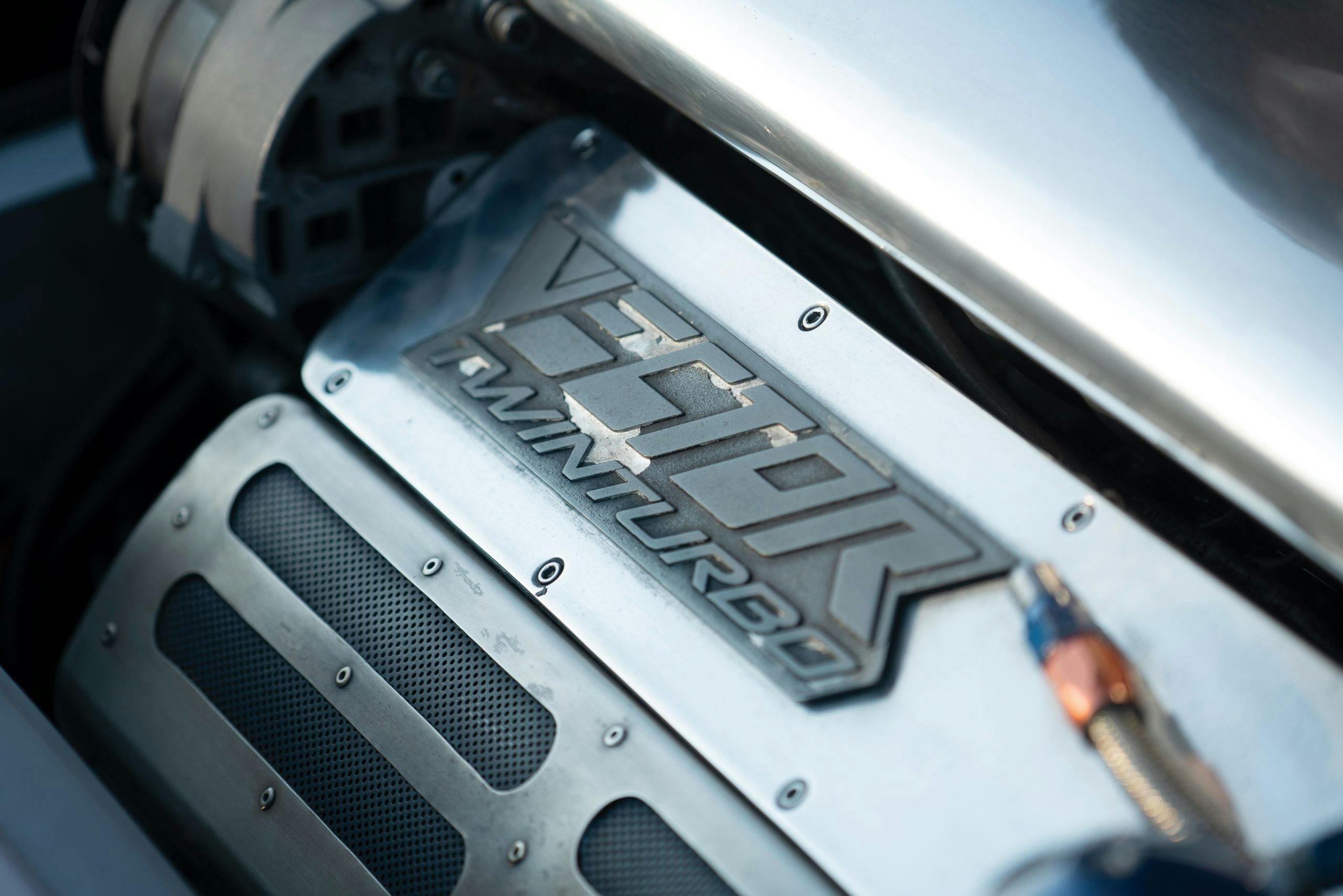
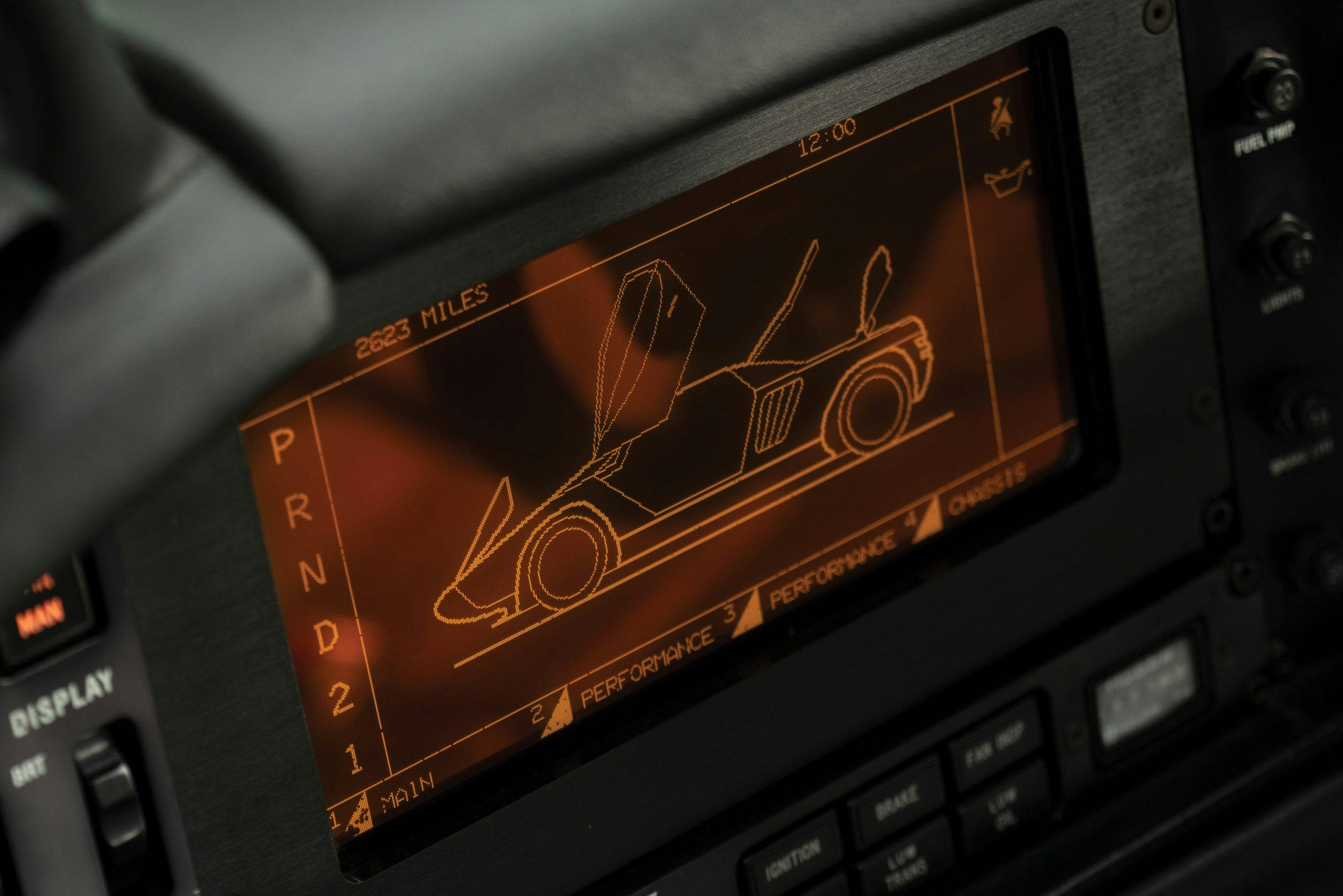
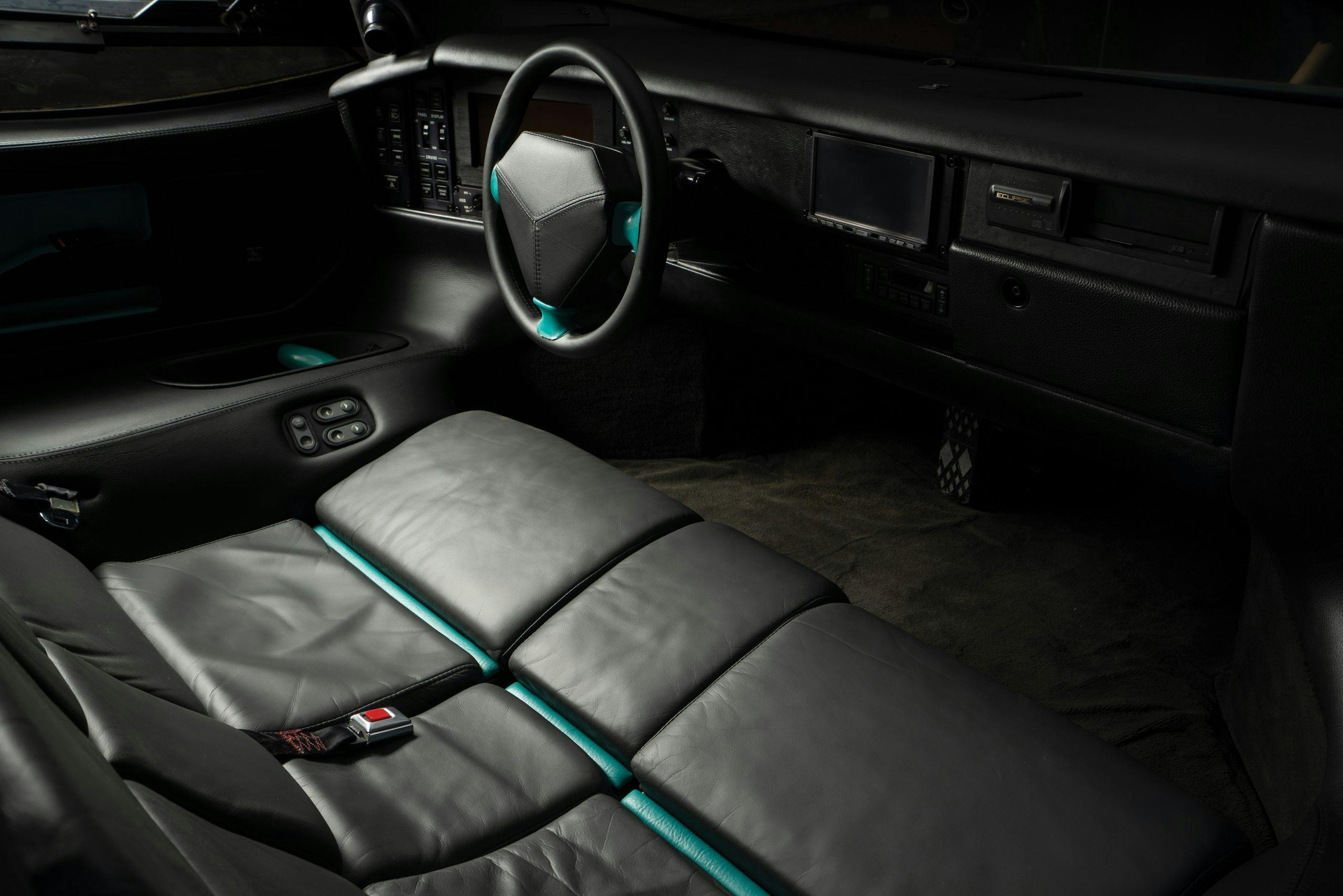
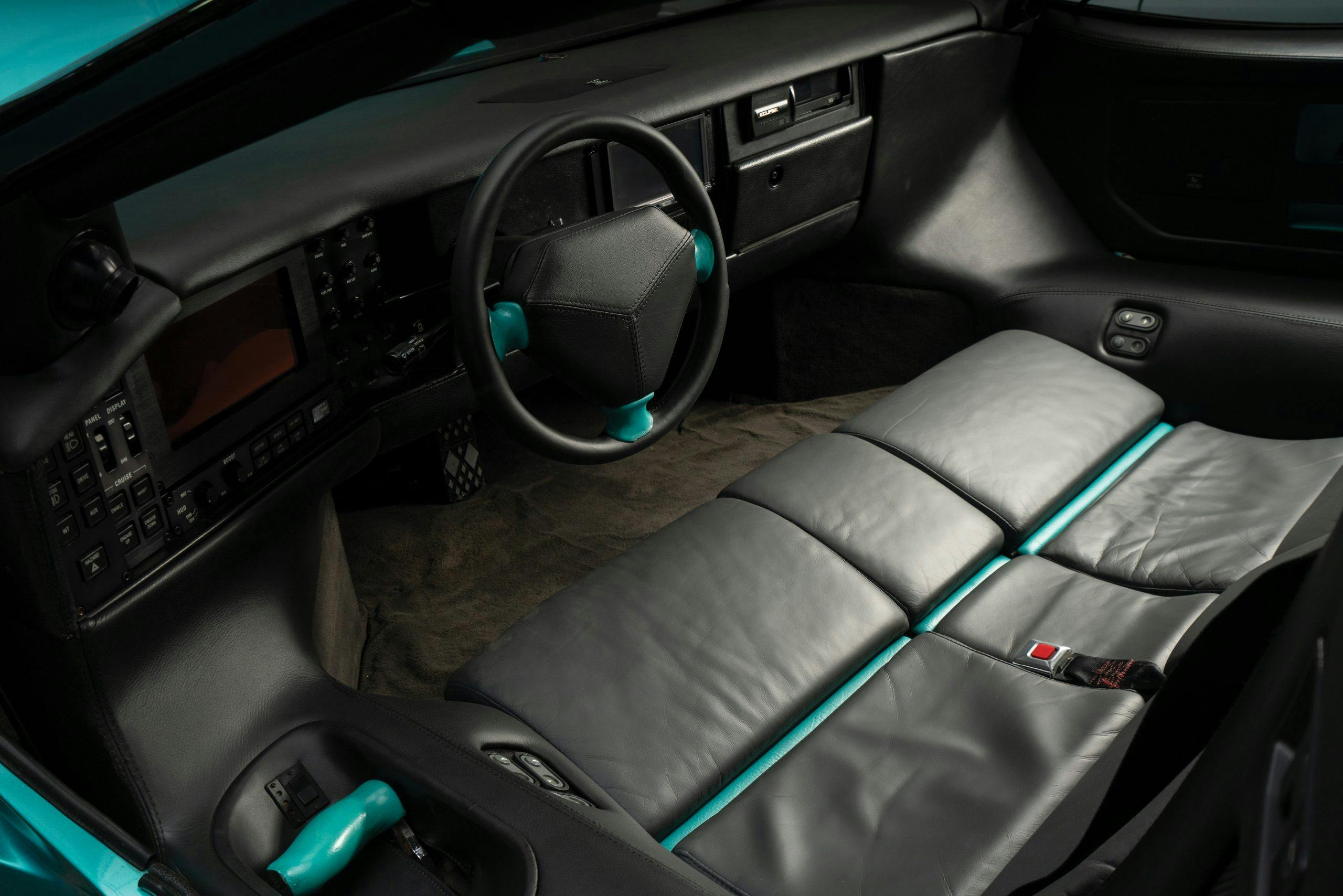







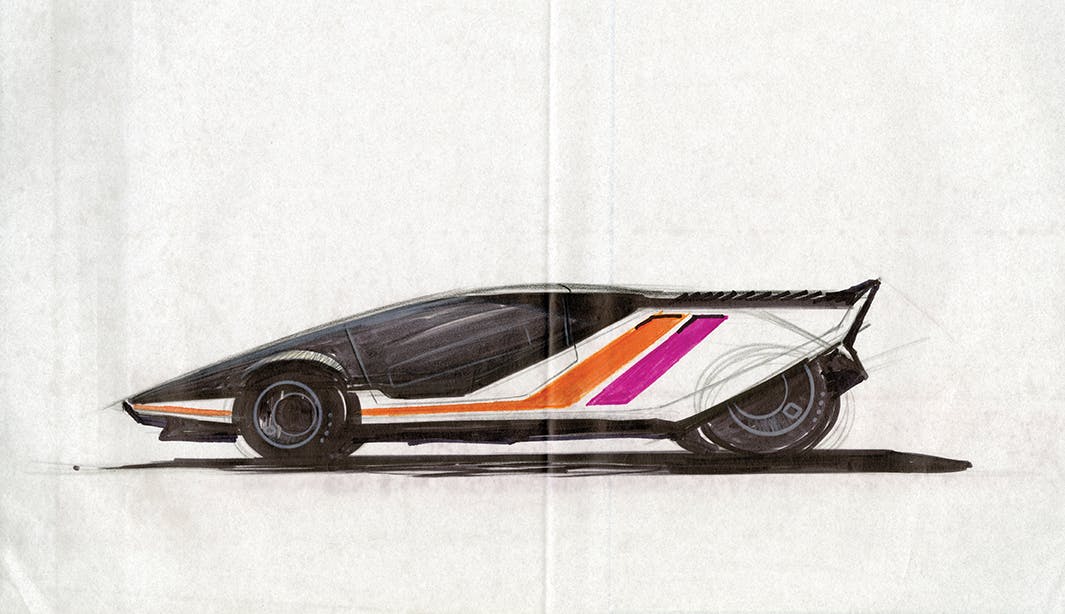















Whoah r.i.p. Jerry Vector Wiegert, Life IS FAR 2 KRUEL bro….TRU Genius it seems almost never wins……..see u in heaven :))
P.s. I Truly Agree it was the cream of the supercar Bisque…Wowsers I love all the Gadgets on this thing…;)
Jerry was like 80s cartoon hero Inspector Gadget….at least as far as it having so many gadgets on it…Plus it looked almost identical 2 the Gadget mobile! ; )p